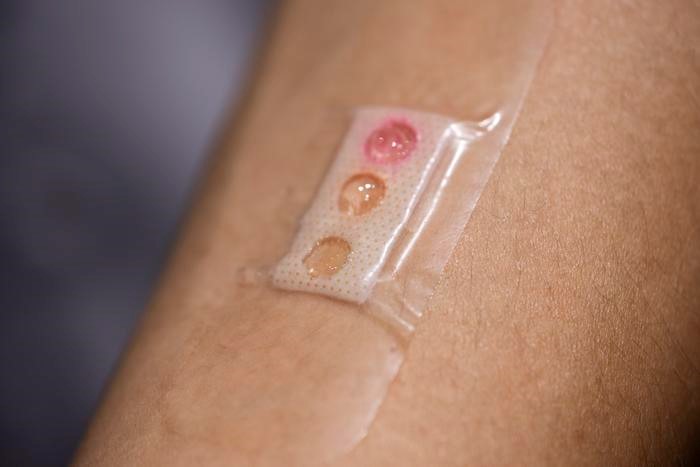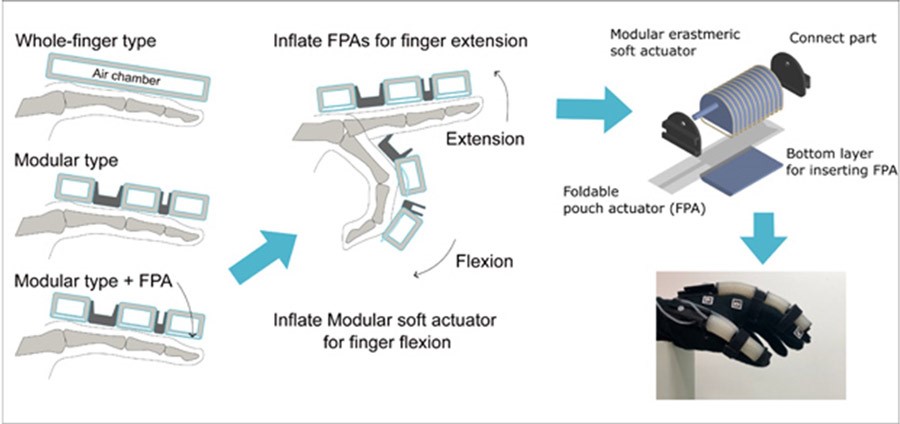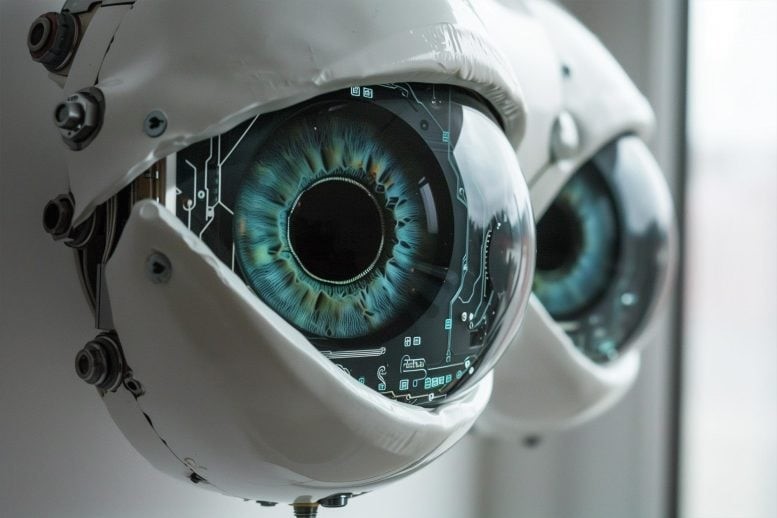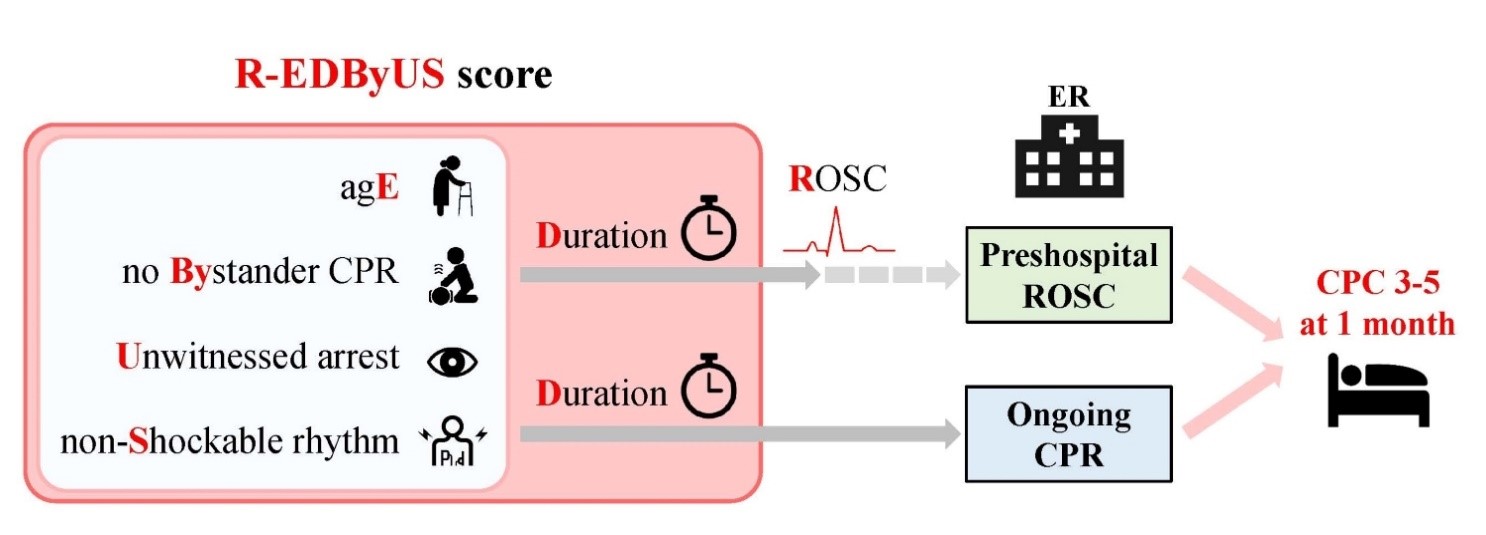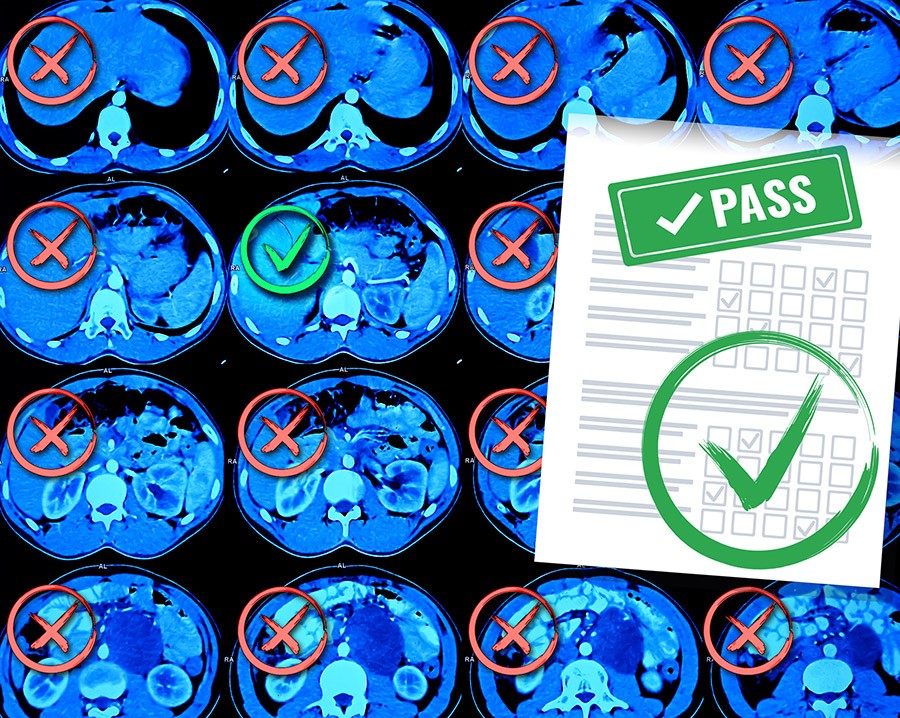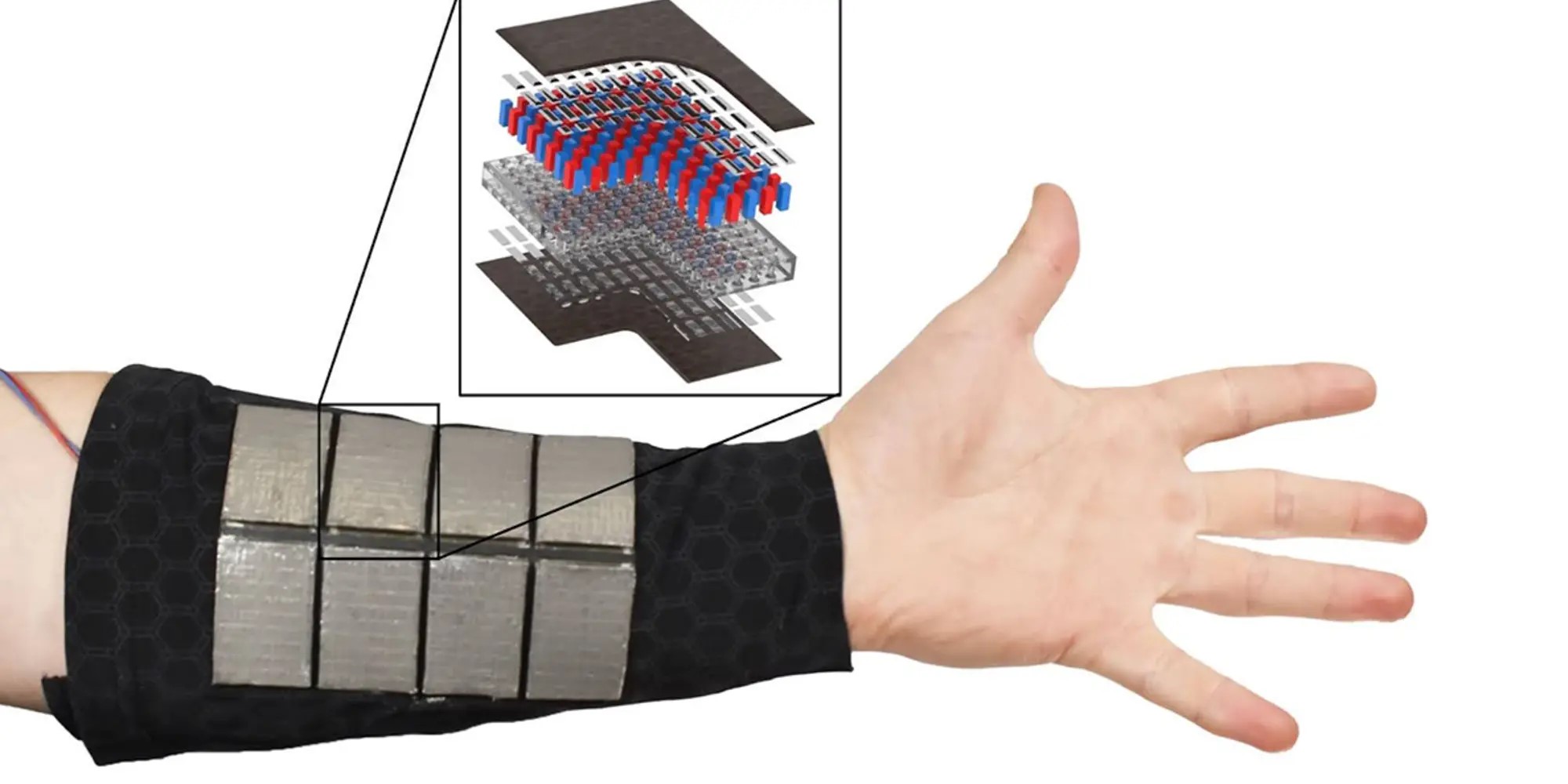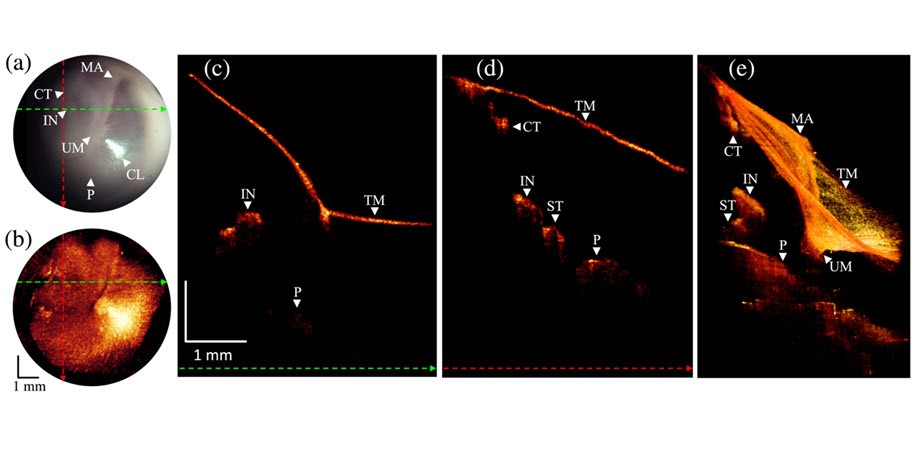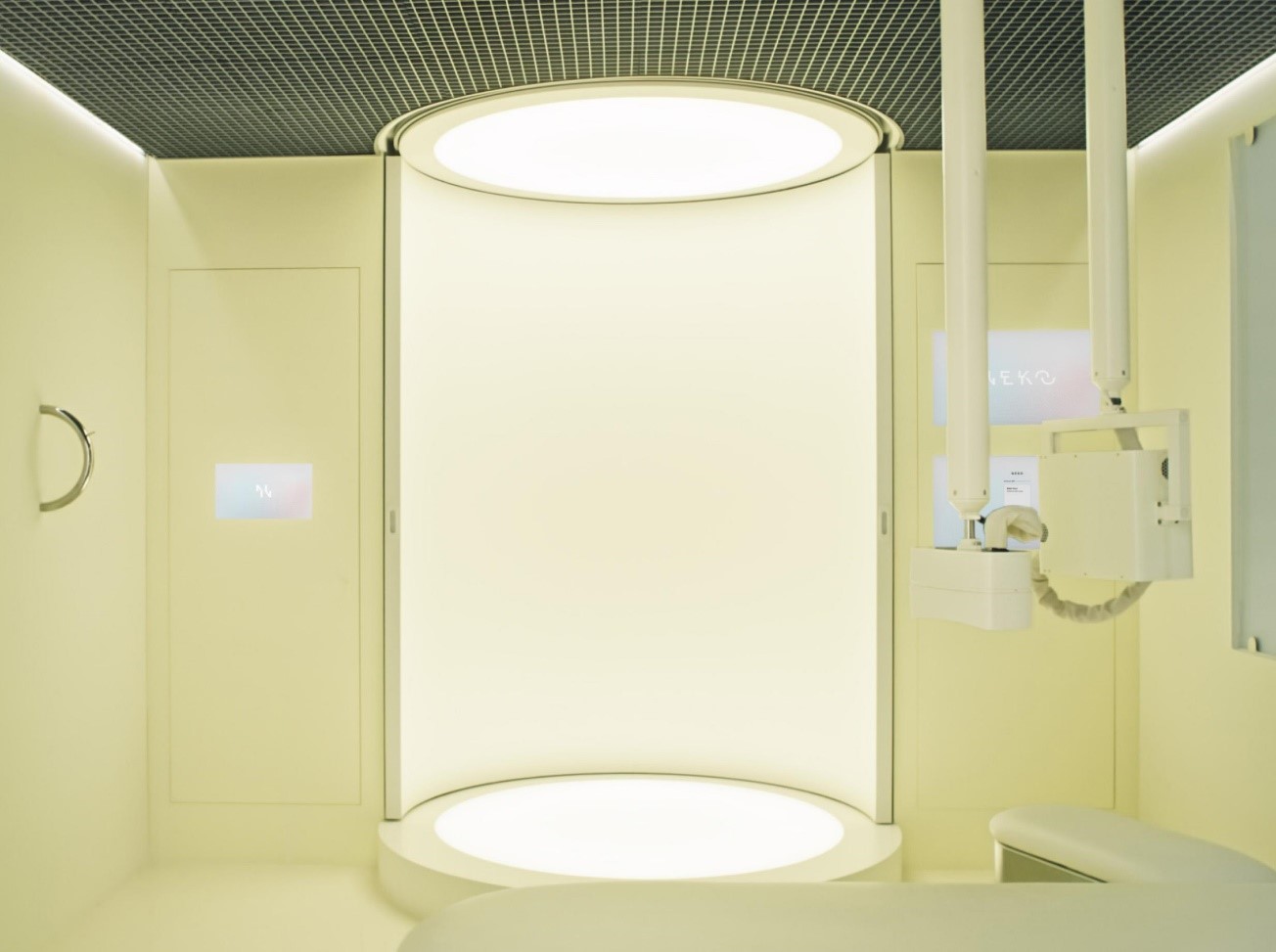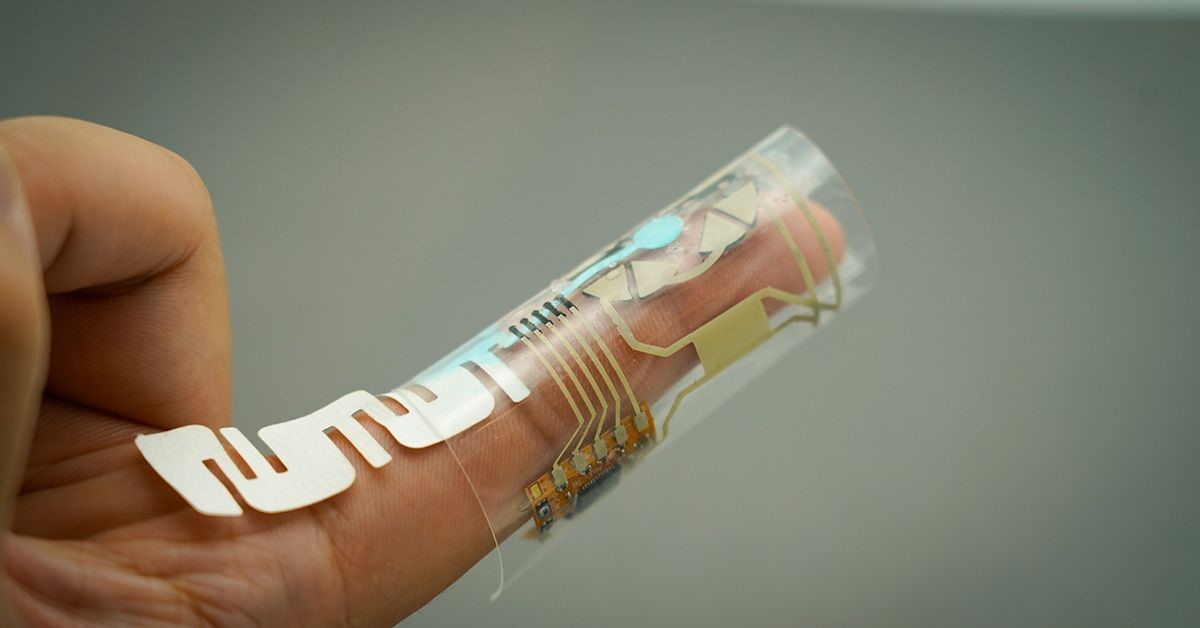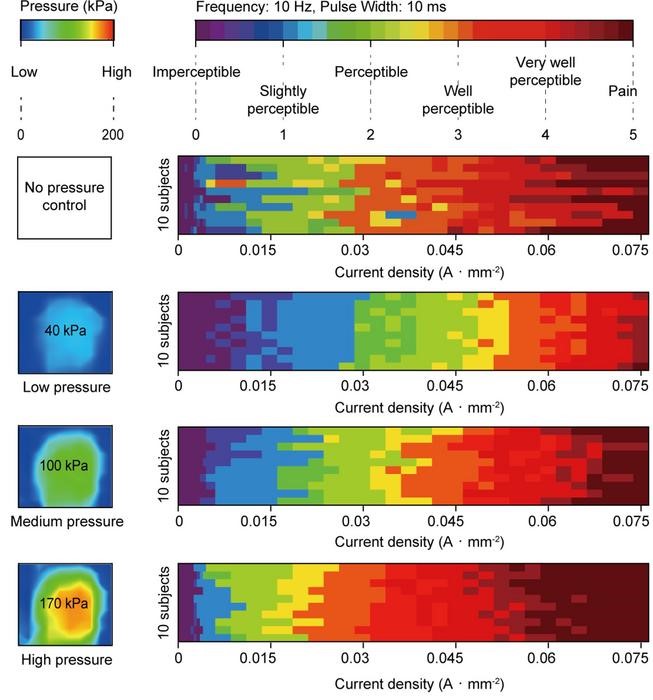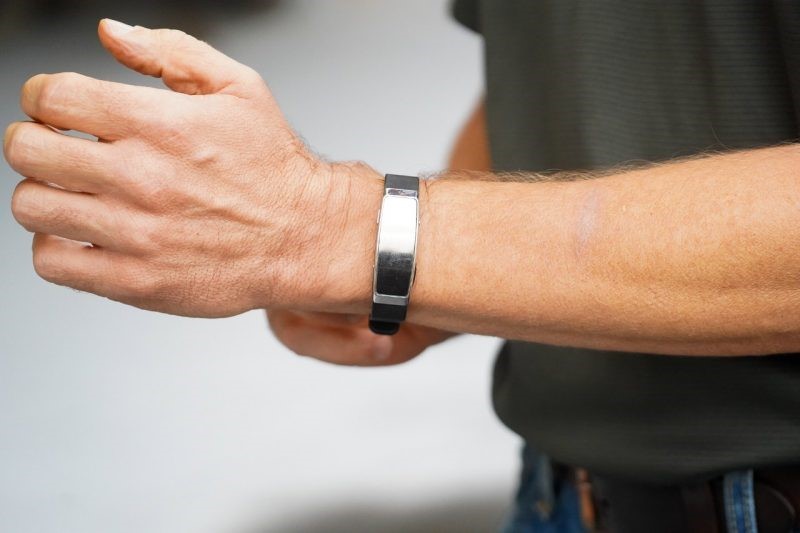Revolutionary Miniaturized Brain-Machine Interface Set to Transform Communication for the Severely Disabled
Brain-machine interfaces (BMIs) are on the cusp of a breakthrough thanks to researchers at EPFL, who have introduced the pioneering Miniaturized Brain-Machine Interface (MiBMI). This cutting-edge technology, detailed in the latest IEEE Journal of Solid-State Circuits and showcased at the International Solid-State Circuits Conference, represents a leap forward in making BMIs more practical and effective. Unlike traditional systems that are bulky and power-hungry, the MiBMI is compact, energy-efficient, and highly precise, offering new possibilities for fully implantable devices. This innovation could greatly enhance the quality of life for individuals with severe motor impairments, such as those with amyotrophic lateral sclerosis (ALS) and spinal cord injuries.

Figure 1. Miniaturized Brain-Machine Interface. (Credit: 2024 EPFL / Lundi13)
The MiBMI's compact size and minimal power requirements are crucial for its potential as an implantable device. Its design ensures minimal invasiveness, making it safer and more practical for clinical and everyday use. The system is fully integrated, consisting of two tiny chips that handle both recording and processing within an 8mm² area [1]. This advancement is part of a new wave of low-power BMI devices emerging from Mahsa Shoaran’s Integrated Neurotechnologies Laboratory (INL) at EPFL’s IEM and Neuro X institutes [2]. Figure 1 shows the next-generation miniaturized brain-machine interface.
“MiBMI allows us to convert intricate neural activity into readable text with high accuracy and low power consumption. This advancement brings us closer to practical, implantable solutions that can significantly enhance communication abilities for individuals with severe motor impairments,” says Shoaran [3].
The brain-to-text process involves decoding neural signals generated when a person imagines writing letters or words. Electrodes implanted in the brain capture neural activity related to these imagined motor actions, and the MiBMI chipset processes these signals in real time, translating the intended hand movements into digital text. This means individuals with conditions like locked-in syndrome can communicate by simply thinking about writing, with their thoughts being converted into text on a screen.
“While the chip has not yet been integrated into a working BMI, it has processed data from previous live recordings, such as those from the Shenoy lab at Stanford, converting handwriting activity into text with an impressive 91% accuracy,” says lead author Mohammed Ali Shaeri. The chip can currently decode up to 31 different characters, an achievement unmatched by other integrated systems. “We are confident that we can decode up to 100 characters, but a handwriting dataset with more characters is not yet available,” adds Shaeri.
Unlike current BMIs that rely on separate computers for decoding, the MiBMI integrates both recording and real-time processing within the same system. It combines a 192-channel neural recording system with a 512-channel neural decoder in a feat of extreme miniaturization, blending expertise in integrated circuits, neural engineering, and artificial intelligence. This neurotechnological breakthrough is particularly exciting in the emerging era of neurotech startups, where miniaturization and integration are critical.
To handle the vast amounts of information from the electrodes, the researchers developed a novel approach to data analysis. They identified specific markers in brain activity for each letter, which they termed distinctive neural codes (DNCs). Instead of processing thousands of bytes for each letter, the chip processes around a hundred bytes of DNCs, resulting in a system that is fast, accurate, and low-power. This also facilitates quicker training times, making the BMI more accessible and easier to use.
Collaborations with other teams at EPFL’s Neuro-X and IEM Institutes, including labs led by Grégoire Courtine, Silvestro Micera, Stéphanie Lacour, and David Atienza, are set to advance the next generation of integrated BMI systems. “We are collaborating with other research groups to test the system in different contexts, such as speech decoding and movement control. Our goal is to develop a versatile BMI that can be tailored to various neurological disorders, providing a broader range of solutions for patients,” says Shoaran.
Source: EPFL
References:
- https://bioalps.org/an-entire-brain-machine-interface-on-a-chip/
- https://magazine.mindplex.ai/mp_news/an-entire-brain-machine-interface-on-a-chip/
- https://www.eurekalert.org/news-releases/1055662
Cite this article:
Hana M (2024), Revolutionary Miniaturized Brain-Machine Interface Set to Transform Communication for the Severely Disabled, AnaTechMaz, pp. 280


